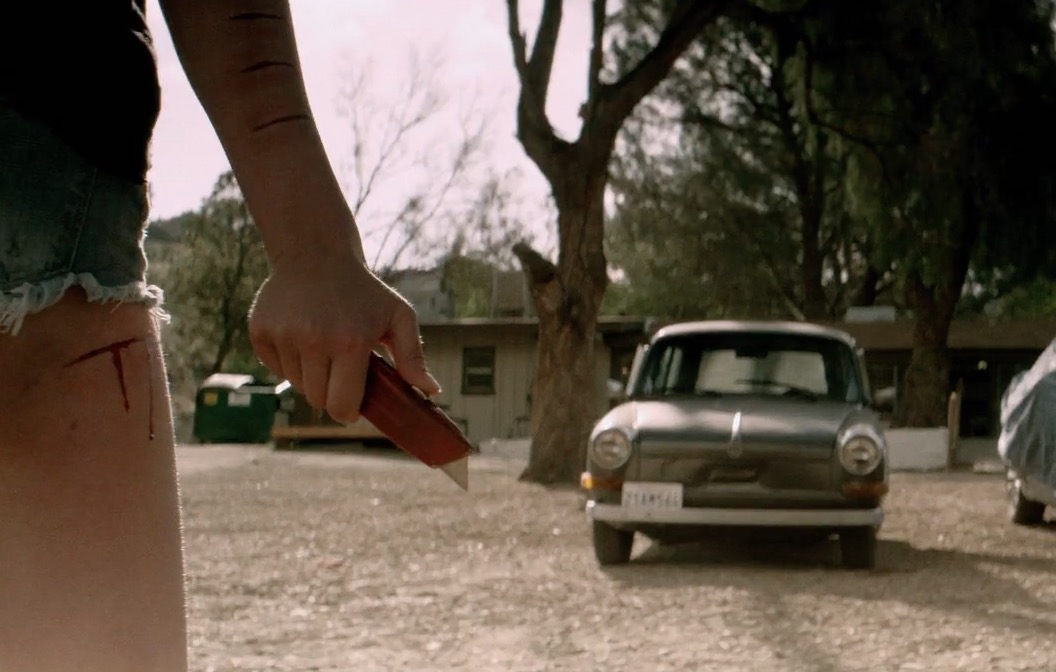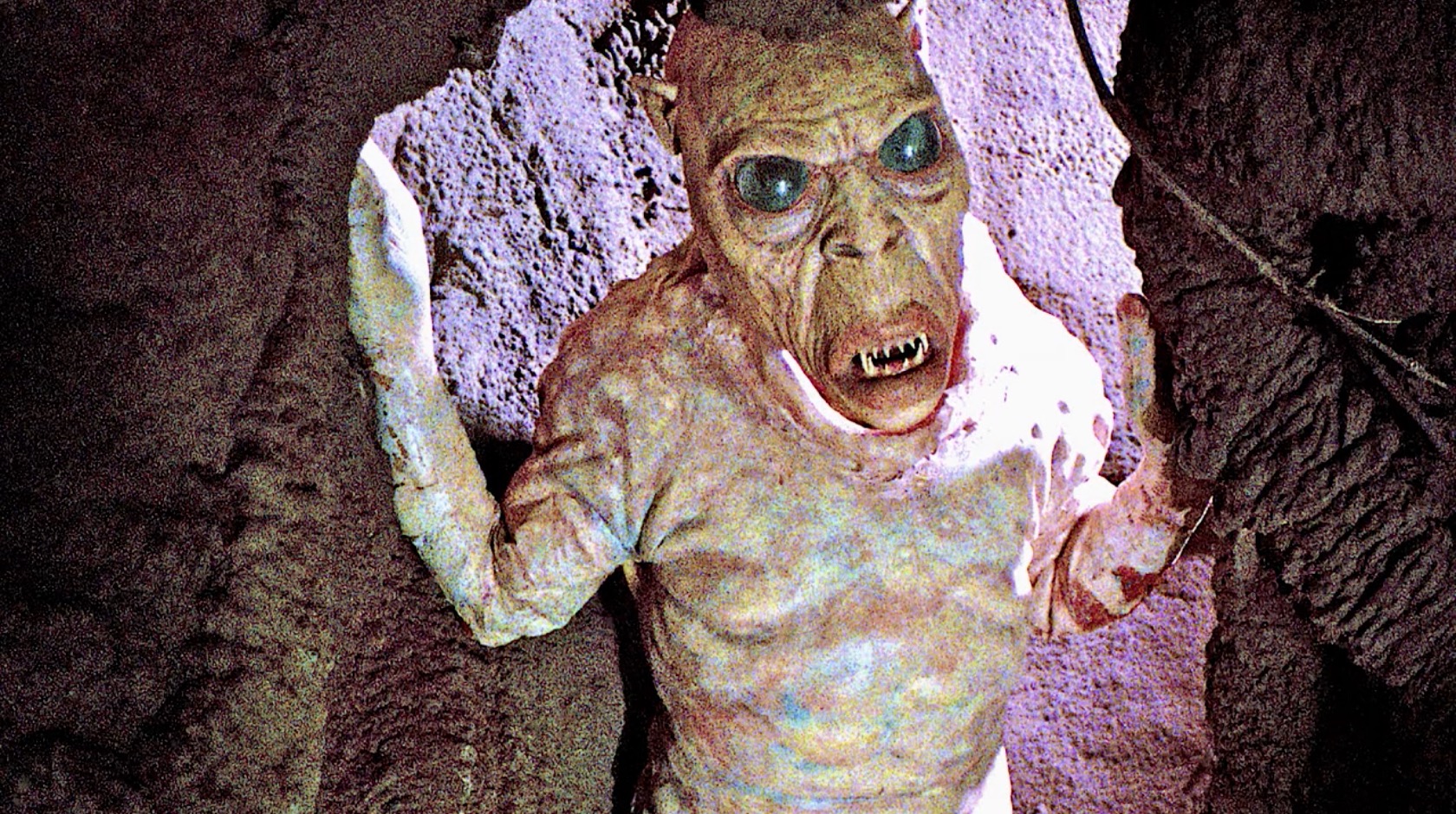Home Video
[Review] ‘Some Kind Of Hate’ is Conflicting With its Subject, Characters

Bullying is one of the topics du jour at the moment. I’m not hesitant to admit that I was bullied for a long time in school, which is another topic for discussion elsewhere. Needless to say, it sucked and made things difficult. On the upside, I ended up gravitating towards horror more as an escape, which probably kept me sane. Well, relatively. Speaking of which, the topic of bullying is no stranger to the horror genre, what with films like Carrie and Evil Speak using it as the basis for revenge. For his debut feature, co-writer/director Adam Egypt Mortimer treads the bullying and the subsequent revenge road with Some Kind Of Hate, which is part of the “FrightFest Presents” label. What starts off as being an interesting spin on the genre, quickly turns into something that will divide viewers.
Lincoln Taggert (Ronen Rubinstein) has it rough. Coming from a broken home, he’s constantly bullied in high school. So much so, that he one day reaches his boiling point and stabs one of his bullies in the face with a fork. The result has Lincoln being sent to a reform school called Mind’s Eye Academy. While there, Lincoln hits it off with goofball Isaac (Spencer Breslin), and even starts to have a budding romance with a girl named Kaitlin (Grace Phipps). However, Lincoln’s bully issues resurface, thanks to Willie (Maestro Harrell). Fed up, Lincoln accidentally conjures up the spirit of Moira (Sierra McCormick), a girl who was also bullied at the academy and ended up dying because of it. Moira seeks revenge on behalf of Lincoln, but in doing so, ends up putting everyone at the school in danger.
Credit to Mortimer and co-writer Brian DeLeeuw for putting effort into character development with this one. Rather than just focusing on the protagonist in Lincoln (who is expertly played by Rubinstein), Mortimer instead devotes time to giving many of the characters some meat. Lincoln is presented as someone with whom to be sympathized, but also has a dark, brooding side. Even after all he’s been through, he won’t succumb to the mindless revenge Moira seeks to dole out to his tormentors. Likewise, Kaitlin is a character that has her own demons, but is also likeable and the romance between her and Lincoln is believable. Isaac could’ve been one of those one-note comic relief characters, but again Mortimer puts in a sympathetic element to the character that endears him to the viewer. Heck, even the bullies are given attention from the development side, instead of being stuck in the stereotype mould. This all makes for a multi-layered set of characters that are far more interesting than what you’d normally expect to find in a film like this. It also helps that the actors get it, and in turn put forth some good performances.
Which brings us to Moira. Again, Mortimer and DeLeeuw give the character a bit of depth rather than being a monotonous antagonist. Moira is presented as a tragic character, and is made to be sympathetic, up until she starts killing more indiscriminately. How she kills is a rather interesting twist, as well: Any damage she inflicts on herself is reflected back onto the victim, and any damage inflicted onto Moira is reflected right back. As such, Moira’s method of killing is largely relegated to slashing herself. However, this starts to become less impactful after the third kill, leaving many of the kills to blur together and not stand out. Furthermore, the film at times seems obsessed with focusing on the act, which isn’t exactly the most pleasant to watch over and over. I get it, but the constant reliance on it ventures into torture porn territory, not to mention the suicide overtones. Eventually, Lincoln figures out how to hurt Moira back, which by that point the viewer will have figured it out as well. This unfortunately leads to some inconsistencies with the “rules”.
The film’s first misstep is when it bends its own rules regarding Moira. Moira explains to Lincoln that his anger brought her back. So logically, Lincoln telling Moira that he no longer needs her causes her pain. Later on, it’s discovered that inflicting damage to oneself causes that damage to be inflicted onto Moira. But by the end of the film, even with that occurring, Moira still isn’t dead. So she gets her skull bashed in, with nothing happening to the person doing it. It might seem nitpicky, but it bugged me. Then there’s the film’s assumption of the viewer accepting its passage of time. While the obvious outcome of Kaitlin and Lincoln’s relationship is a given, the film assumes that just having the two interact on-screen for less than ten minutes is justifiable enough to make the leap. The same goes for the friendship between Isaac and Lincoln. It’s disappointing, especially after the film made a point to try and give these characters more than just a single purpose.
Some Kind Of Hate deserves more praise than complaint, however. The acting is largely well done, and the script by Mortimer and DeLeeuw definitely attempt to give the characters more dimension than what you’d normally expect from a film like this. However, the lack of attention to certain subplots, the inconsistencies with it’s own rules, and just the general reliance on a specific type of kill holds Some Kind Of Hate back from being a truly great indie gem. It’s not a bad movie by any means, and is unique in its approach. That alone warrants a viewing. Whether the film’s pitfalls (and subject matter) prevent it from being a repeatable viewing is up to the viewer.

Home Video
Gateway Horror Classic ‘The Gate’ Returns to Life With Blu-ray SteelBook in May

One of my personal favorite horror movies of all time, 1987’s gateway horror classic The Gate is opening back up on May 14 with a brand new Blu-ray SteelBook release from Lionsgate!
The new release will feature fresh SteelBook artwork from Vance Kelly, seen below.
Special Features, all of which were previously released, include…
- Audio Commentaries
- Director Tibor Takacs, Writer Michael Nankin, and Special Effects Designer & Supervisor Randall William Cook
- Special Effects Designer & Supervisor Randall William Cook, Special Make-Up Effects Artist Craig Reardon, Special Effects Artist Frank Carere, and Matte Photographer Bill Taylor
- Isolated Score Selections and Audio Interview
- Featurettes:
- The Gate: Unlocked
- Minion Maker
- From Hell It Came
- The Workman Speaks!
- Made in Canada
- From Hell: The Creatures & Demons of The Gate
- The Gatekeepers
- Vintage Featurette: Making of The Gate
- Teaser Trailer
- Theatrical Trailer
- TV Spot
- Storyboard Gallery
- Behind-the-Scenes Still Gallery
When best friends Glen (Stephen Dorff) and Terry (Louis Tripp) stumble across a mysterious crystalline rock in Glen’s backyard, they quickly dig up the newly sodden lawn searching for more precious stones. Instead, they unearth The Gate — an underground chamber of terrifying demonic evil. The teenagers soon understand what evil they’ve released as they are overcome with an assortment of horrific experiences. With fiendish followers invading suburbia, it’s now up to the kids to discover the secret that can lock The Gate forever . . . if it’s not too late.
If you’ve never seen The Gate, it’s now streaming on Prime Video and Tubi.














You must be logged in to post a comment.